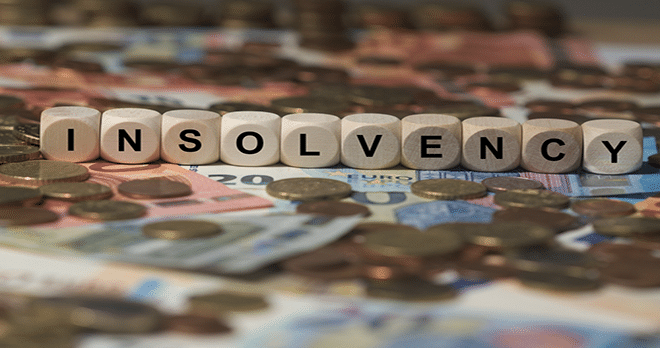Where do you stand with major shake up in insolvency legislation?

The overall ambition is that the new regime will cut the costs of insolvency procedures to maximise returns for creditors and improve the chances of business recovery.
All standard forms and precedent demands, petitions and orders have been repealed and creditors, debtors and insolvency practitioners will need to familiarise themselves with the new landscape to ensure that they remain compliant with revised processes and procedures.
Some of the key changes include:
Bankruptcy
The threshold for individual insolvency remains £5,000. However, the content of statutory demands, bankruptcy petitions and order have changed and new forms have been circulated online.
Once a bankruptcy order is made, the Official Receiver will be automatically appointed as the first trustee instead of being appointed as receiver of the estate pending appointment of a trustee. A bankrupt will no longer have to provide a statement of affairs unless requested to do so by the trustee.
Administration & Liquidation
The new rules do away with the need for physical creditors meetings unless specifically requested by the creditors under the 10:10:10 rule (10% of the total number of creditors; 10% or more by value of the creditors or 10 individual creditors). Electronic voting and remote decision making is encouraged.
In the absence of a physical meeting, office holders can be appointed by the new “deemed consent” or “virtual meeting” procedures.
Deemed consent is the procedure by which a liquidator will give notice of their intended appointment which will occur automatically unless steps are taken to oppose it. Deemed consent also allows for other decisions to be made more quickly and efficiently.
The alternative is that an office holder can be appointed by a “virtual meeting” in lieu of a physical meeting. However, office holders should be wary of the onerous provisions about the requirements for a valid virtual meeting and should think carefully about whether the convenience outweighs the potential pitfalls.
Creditors with claims under £1,000
Small creditors will no longer have to formally prove for their debts in any insolvency process and the trustee/liquidator can rely on evidence of the debt in the insolvent party’s accounts or records as sufficient proof for the purposes of making a distribution.
Communicating with creditors
Communications with creditors are intended to be streamlined and modernised by automatically permitting communication by email. The need for annual reports will be replaced by a secure online portal where reports and updates will be posted for creditors to access at their leisure. Creditors can also choose to opt-out of communication altogether.
Summary
In practice, it is likely that everyone dealing with the new IR 2016 will take some time to get used to the new way of doing things that have been so familiar for the last 30 years. We anticipate some loopholes and teething problems will emerge in the coming weeks and months and until the new rules become familiar, office holders in particular should be vigilant to ensure that they are acting validly and properly to avoid any potential repercussions.